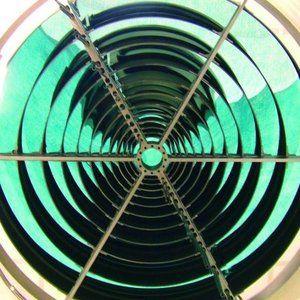XMM-Newton technology on new telescopes: Notes for editors
Atacama Large Millimeter/submillimeter Array (ALMA)
The ALMA radio telescope is a partnership among Europe, North America and East Asia in cooperation with the Republic of Chile. ALMA is funded in Europe by the European Organization for Astronomical Research in the Southern Hemisphere (ESO), in North America by the US National Science Foundation (NSF) in cooperation with the National Research Council of Canada (NRC) and the National Science Council of Taiwan (NSC), and in Japan by the National Institutes of Natural Sciences (NINS) in cooperation with the Academia Sinica (AS) in Taiwan. The ALMA construction and operation on behalf of Europe is led by ESO.
When the ALMA radio telescope on the Chajnantor plateau at 5000 m altitude in the Atacama desert of northern Chile is completed, its giant array of 66 high-precision antennas will help scientists to study stars, planetary systems and galaxies, and provide further insight on star births during the early Universe. Costing more than a billion US dollars, it is the most ambitious ground-based telescope currently under construction. ALMA will begin scientific observations in the second half of 2011 and is scheduled to be fully operational by the end of 2012.
ALMA is an array of 66-antennas spaced at up to 16 km distance
The ALMA array of 66 antennas uses ‘interferometry’, which is a technique to combine the observations from a number of single antenna into one observation. Astronomical radio interferometers often consist of arrays of parabolic dishes. All of the telescopes in the array are widely separated and are usually connected together using cables or optical fibres.
Interferometry increases the total signals collected but its primary purpose is to vastly increase the resolution through a process called aperture synthesis to focus more accurately. This technique works by superposing (interfering) the signal waves from the different telescopes on the principle that waves that coincide with the same phase will add to each other while two waves that have opposite phases will cancel each other out. This creates a combined telescope that is equivalent in resolution (though not in sensitivity) to a single antenna whose diameter is equal to the spacing of the antennas furthest apart in the array.
The ALMA antennas can be moved across the desert plateau over distances from 150 m to 16 km; this will give ALMA a powerful variable ‘zoom’. The high sensitivity is mainly achieved through the large numbers of telescopes that will make up the array. This will make the ALMA the largest telescope on Earth and, as several of the antennas can be physically moved, it will provide a whole new level of possibilities for astronomers who will be able to tailor the ALMA array for specific observations.







